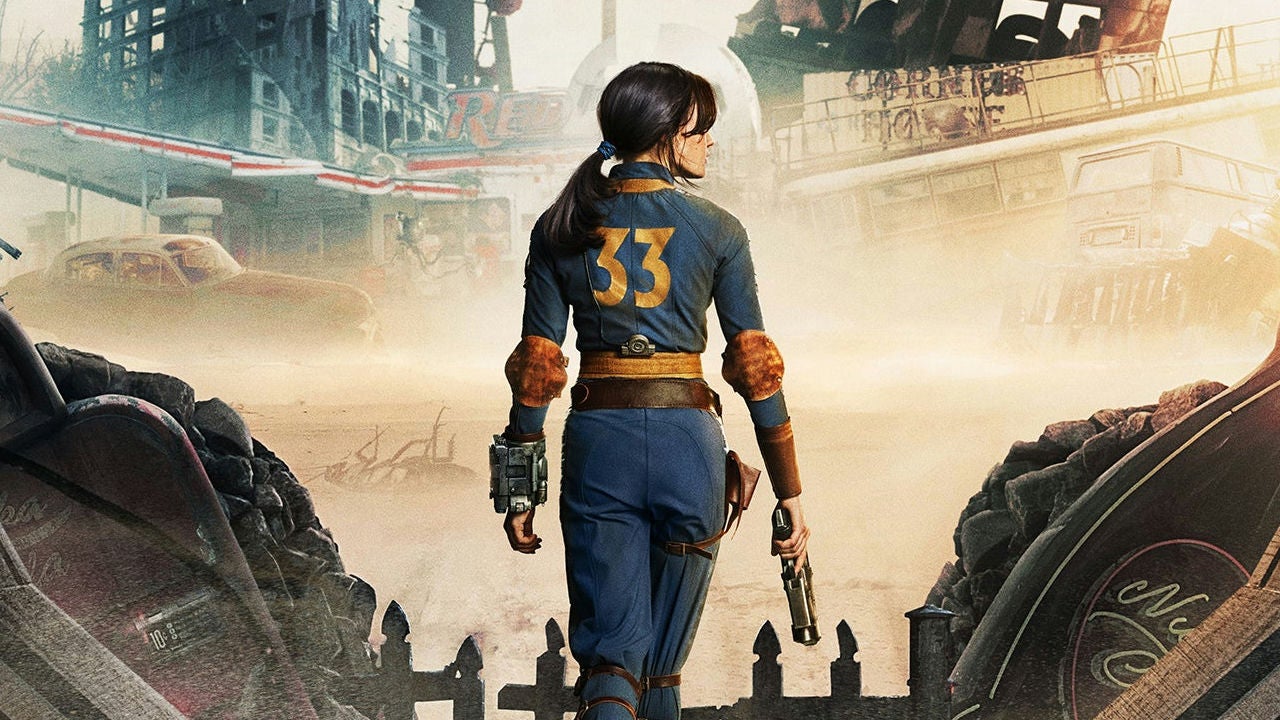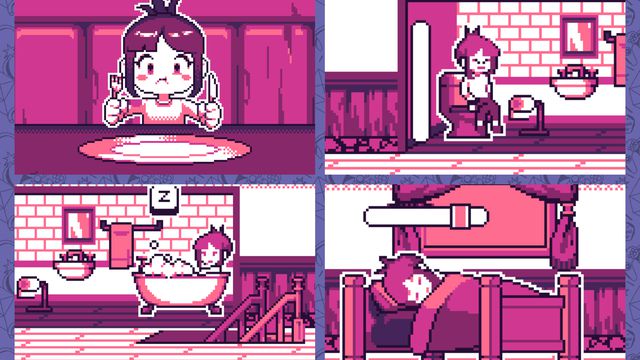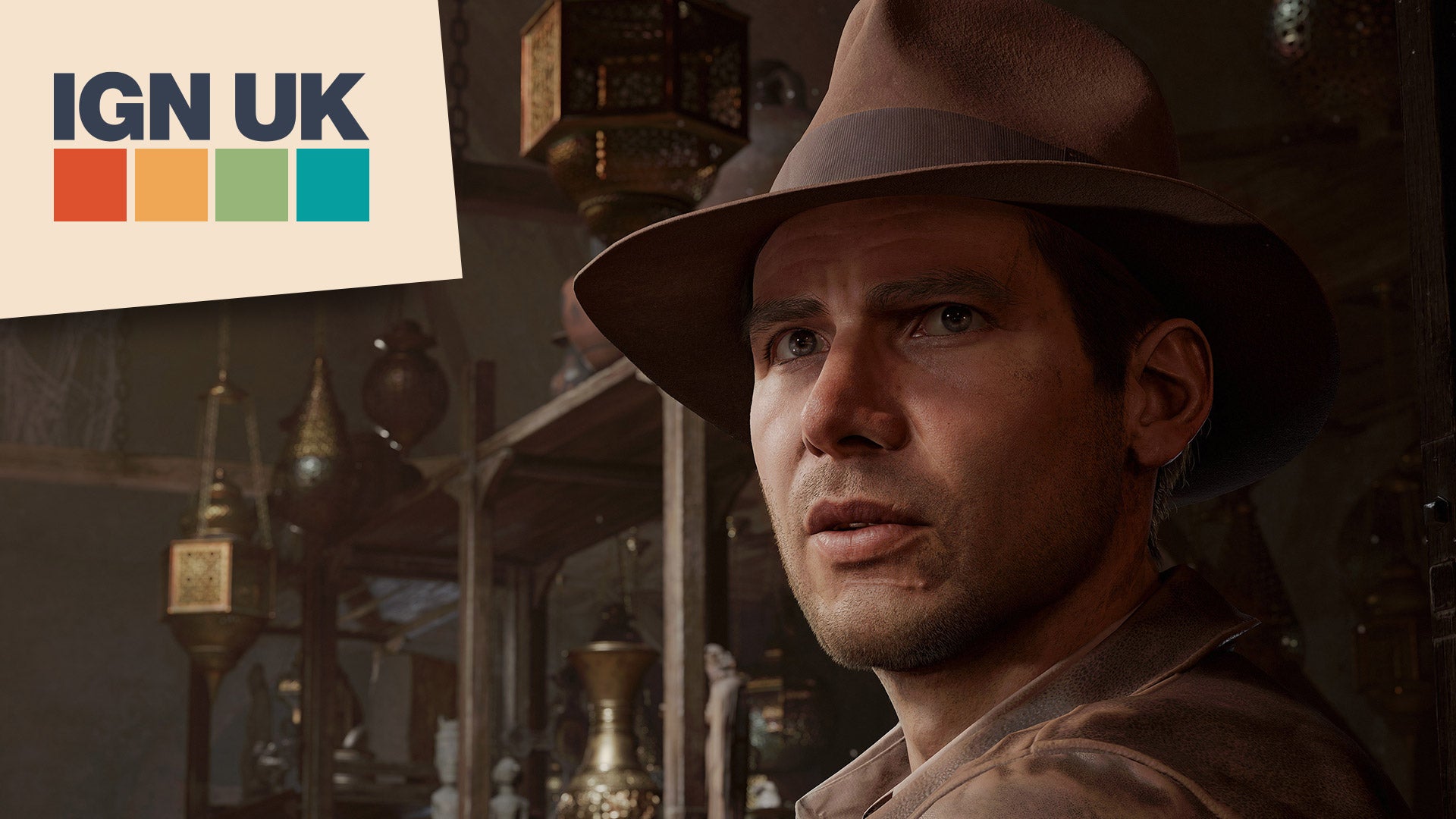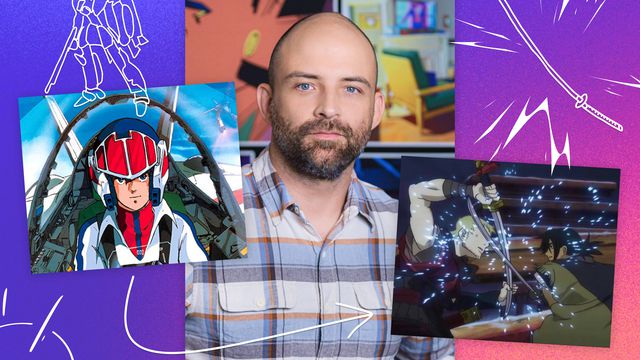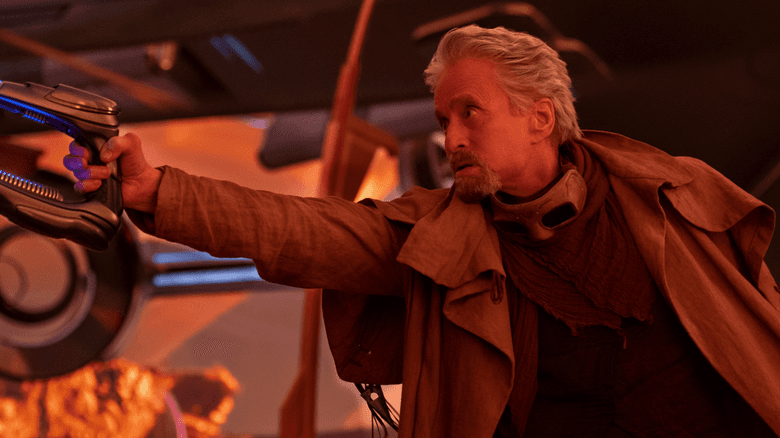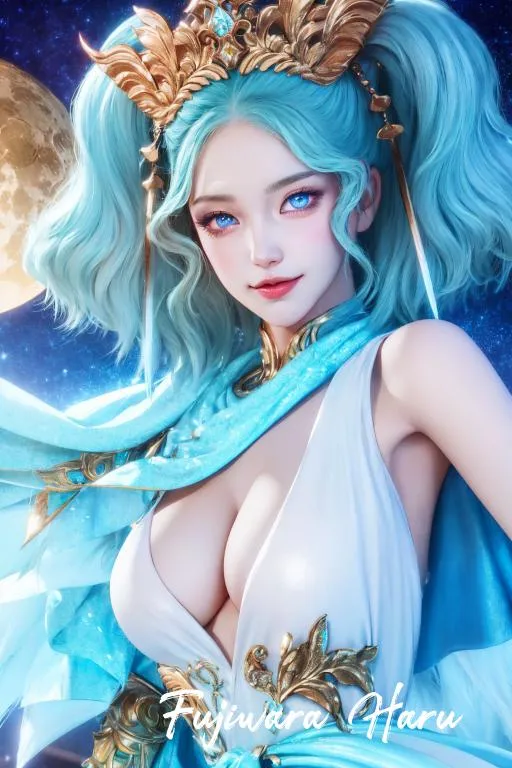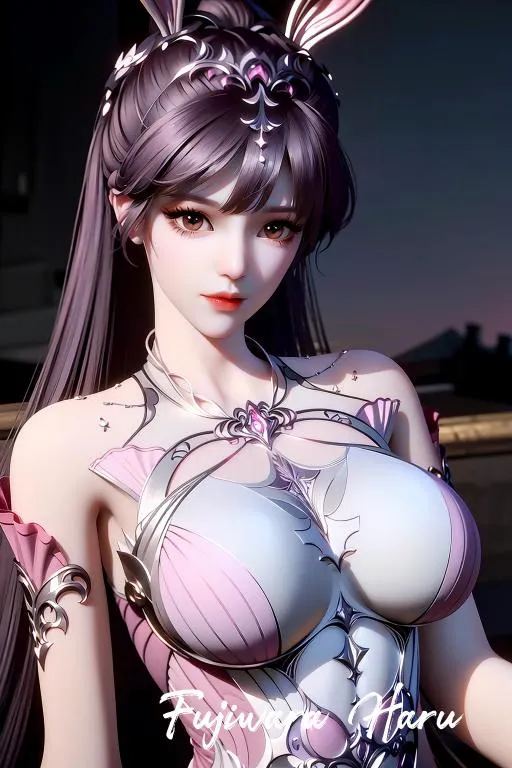“War. War never changes.” It’s the ominous line that opens every game in the 26-year-old Fallout RPG series. But while that may ring true for the tone of the eternal nuclear wasteland setting, thankfully the tide has largely turned for TV adaptations of video games. Following in the footsteps of HBO’s The Last of Us and Netflix’s Arcane, Prime Video now has itself an all-time great in Fallout, a confident and accomplished post-apocalypse show that proudly wears its heritage on its sleeve – quite literally, when it comes to its iconic blue-and-yellow Vault-Tec jumpsuits – while simultaneously being a compelling sci-fi drama all of its own.
It’s not hard to see why Amazon went to bat for Fallout. This is a weird, often hyper-violent, sometimes satirical black comedy that sits comfortably next to The Boys. While never quite as puerile or gross as some of Vought’s most extreme moments, Fallout consistently uses the darkness of its irradiated landscape to spin surreal jokes, from a talking brain-in-a-jar to an organ-harvesting robot spouting the honeyed tones of Matt Berry (of What We Do in the Shadows fame).
Produced by Westworld’s Jonathan Nolan and Lisa Joy, Fallout is set canonically within the world and continuity of the games, but its eight-episode first-season isn't directly connected to anything you may have played. That means no prior experience is necessary in order to jump in with this entirely new cast of characters, starting with Ella Purnell’s Lucy. Raised in Vault 33, one of many fallout shelters built by the Vault-Tec company over 200 years ago, she’s never known life outside its impressively realized steel-and-concrete walls. As such, she’s an embodiment of the can-do spirit of pre-Great War America, which has been preserved for generations in this underground tin can.
In a knowing echo of Fallout 3’s opening, Lucy is forced to explore the surface when her father (Kyle MacLachlan) goes missing. Bright and sparky, polite and friendly, she’s totally unequipped for an adventure in the blasted California that awaits outside the vault’s sealed door. The way Purnell is able to project a delightfully naive sense of optimism amongst so must rusted devastation is the source of many early jokes – but more importantly it’s the starting point for an engaging character arc that demands she open her eyes to a world where lies and deceit are everywhere and life is cheap. While Fallout does have well-drawn villains hiding in the shadows, the real antagonist is the wasteland itself and the dog-eat-dog attitudes it forces even our heroes to adopt.
But while Lucy’s outsider (insider?) status makes her the default protagonist, it’s Aaron Moten’s Maximus who proves Fallout’s most compelling lead. Orphaned as a child, he’s found refuge in the Brotherhood of Steel; a faction of military zealots modeled on medieval knights. It’s an organization ill-suited to him – Maximus is an awkward, often cowardly man lacking the bolshy confidence of the Brotherhood’s power-armored warriors, and that clash creates both great humor and drama. It’s through a haphazard lie that he finds his footing in the story, twisting himself into something he’s not, and watching him desperately grapple with that precarious falsehood makes for Fallout’s most fascinating moments. It’s not always easy to root for Maximus – so flawed is his character – but that complexity made him the figure I found myself most invested in.
Lucy and Maximus provide an interesting duality: She’s only ever known the safety of the vault, and he’s only ever known the brutality of the wasteland. But Fallout has another sharp contrast, that of pre- and post-nuclear destruction, explored fantastically through The Ghoul. Played by Walton Goggins, this 250-year-old irradiated mutant is Fallout’s most magnetic presence – a drugged-up lone wanderer with a give-no-shit attitude. Compared to Lucy and Maximus, The Ghoul is the least complex character due to a relatively shallow arc, but he’s no doubt the most enjoyable to watch thanks to Goggins’ all-in performance.
But The Ghoul is just part of who Goggins plays here. Fallout frequently takes trips back in time to before the apocalypse to explore the life of the man The Ghoul used to be. An all-American movie star living a charmed life in retro-futuristic Hollywood, Cooper Howard initially seems the “boring” side of Goggins’ dual role, there simply to establish humanity for a character later totally stripped of it. But this story gradually builds into a truly compelling mystery, providing Goggins a much-needed sense of purpose. This plotline is also where Fallout gets to deliver its source material’s signature satire, with an anti-capitalism message that’s suitably haunting.
Cooper’s life could have felt relatively divorced from the main events of Fallout, so different is the visual and narrative fabric of the two, but the past directly connects to the present in a much more interesting way than mere backstory. This design is one of Fallout’s greatest strengths; even what can initially feel like superfluous strands, such as the continuing story of Vault 33 after Lucy has left, turn out to be vital building blocks. Everything is propellant and accelerates towards a killer finale. And while there are a couple of episodes in the second half that slightly falter in terms of balance between storylines and momentum, this is an otherwise superbly structured show.
Every episode tells its own tale from beginning to end – such as Lucy’s run-in with the aforementioned organ harvester, or an encounter with a giant mutant salamander – and while these are clearly smaller parts of a greater whole, they still work as satisfying stories in their own right. In other words, the show is crafted like a chain of RPG quests. It’s a welcome change of pace from the mushy plotting and interchangeable episodes of so many other streaming series; that considered, it’s baffling that all eight episodes are launching simultaneously. If Fallout were a weekly show, we’d have the fun and suspense of discussing it relentlessly between debuts.
One of the greatest challenges Fallout faced was turning the world of the games into a live-action universe. Thanks to a truck-load of Amazon money and talented production designers, though, Nolan, Joy, and showrunners Geneva Robertson-Dworet and Graham Wagner have done an admirable job of it. This is a wonderfully tangible apocalypse, full of colourful oddballs and soundtracked by the 1950s’ best bops. Every space bursts with personality, much of that arriving via the astonishing attention to detail in all the items, weapons, and recognizable iconography. Nuka Cola bottles litter shelves, characters heal themselves with stimpacks, and Vault 33 is inch-for-inch damn near perfect, right down to the emergency override switches. You don’t need to know the games to appreciate the craft behind it, but if you do there’s a lot to love.
By far and away the most enjoyable thing, though, is the Brotherhood of Steel’s T-60 power armour, which is an absolute delight to watch in action. Where you’d expect something ripped from the games in its computer-generated feel as well as its faithful design, instead we get a largely physical prop that feels incredibly present and powerful. And while Fallout isn’t really an all-out action show, when the violence kicks off it’s at its best when the T-60 is involved – that’s when the Bloody Mess perk is activated and the delightfully gloopy gore effects get wheeled out.
These characters, locations, and situations all feel authentic to Fallout. And yes, while the immaculate, game-accurate production design is partially responsible for this, most of the show’s ultimate success is down to the work of Robertson-Dworet and Wagner and their efforts to make an original story that’s distinctly Fallout. It’s in direct contrast to Paramount+’s dull Halo series, which fails to capture the urgency and spectacle of its source material, despite all the ripped-from-the-games armour designs and FPS action sequences. Fallout’s scripts nail the humor, capture the satire, and understand the subject matter of the series, all without leaning on any pre-existing story. This could have been a live-action replica of game characters and cutscenes you’ve seen before; instead, it’s a fresh and essential story that uses a new medium to enrich the Fallout universe for die-hard fans and rolls out a welcome mat for new audiences.
